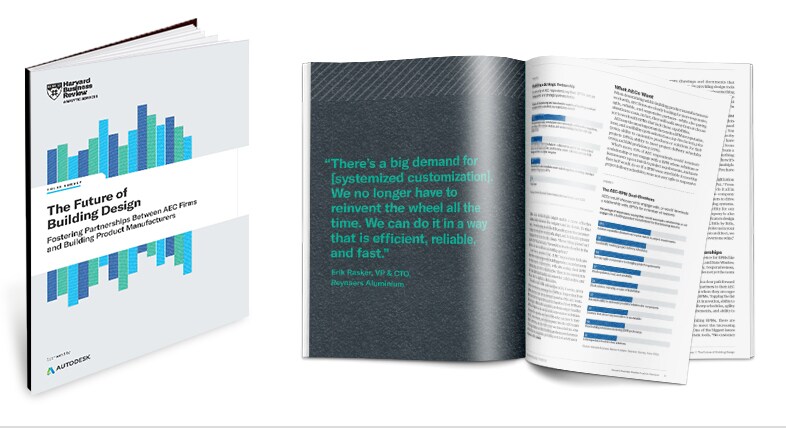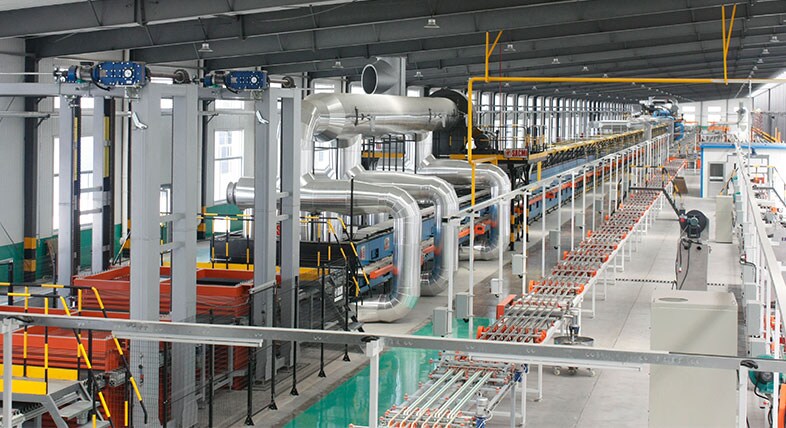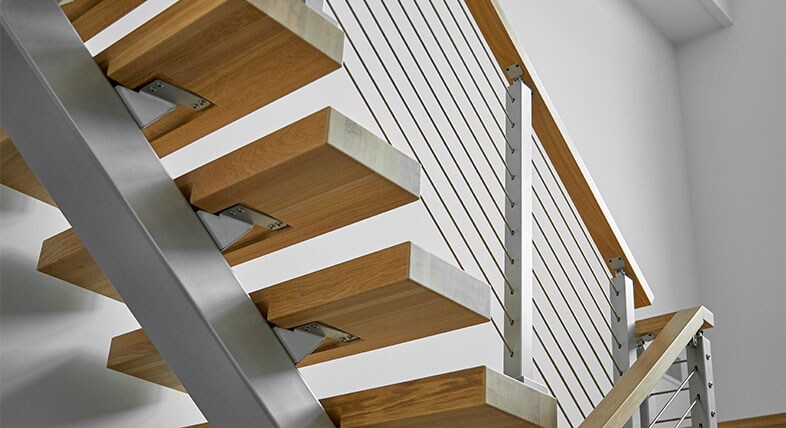The future of building product manufacturing and fabrication
Bring your expertise to building projects, and inform decisions that define the spaces around us.
What clients want from building product manufacturers and fabricators
-
77% need customization
Due to changing expectations of building occupants, 77% of architects saw an increased need for customized solutions and closer collaboration with suppliers.
-
74% need more collaboration
Nearly three-quarters of architects surveyed said that highly collaborative relationships are very important to the success of their projects.
-
48% need BIM data
Lack of Building Information Modeling (BIM) proficiency was listed as a supplier deal-breaker by 48% of architects.
Discover one platform for the building supply chain
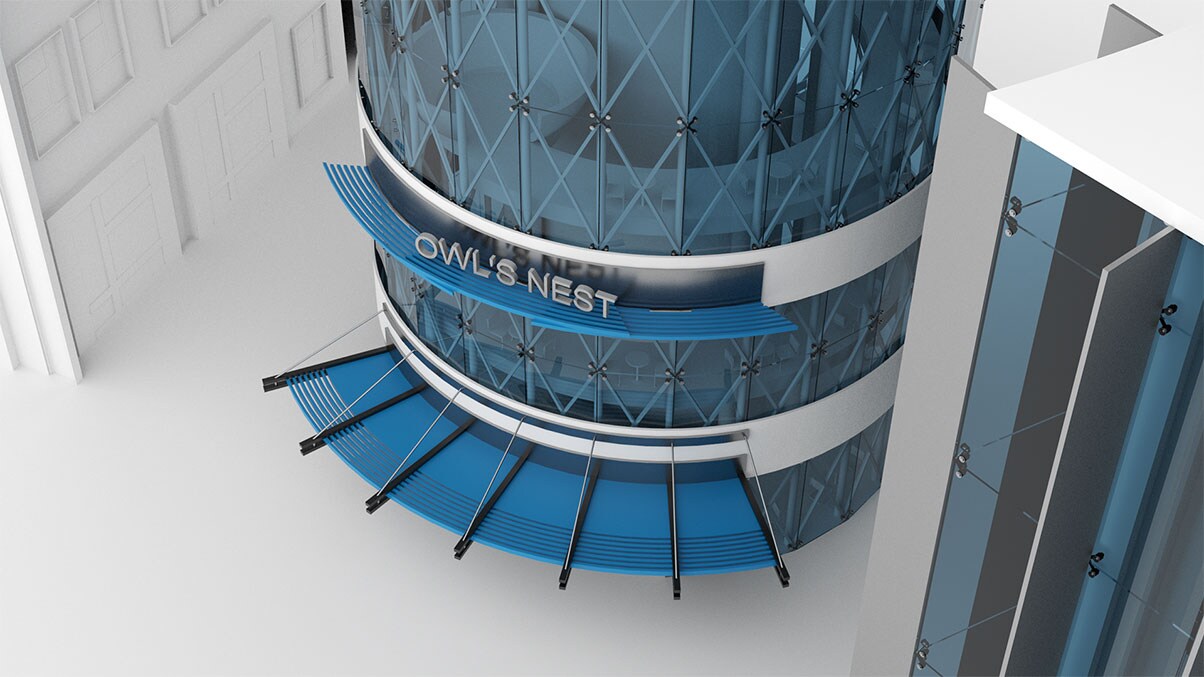
Collaborate with BIM
Provide BIM content to make it easier for your clients to specify your products into projects. Work inside building models to design in the context of the building. And exchange all this data in one seamless digital ecosystem to help all your stakeholders communicate more efficiently.
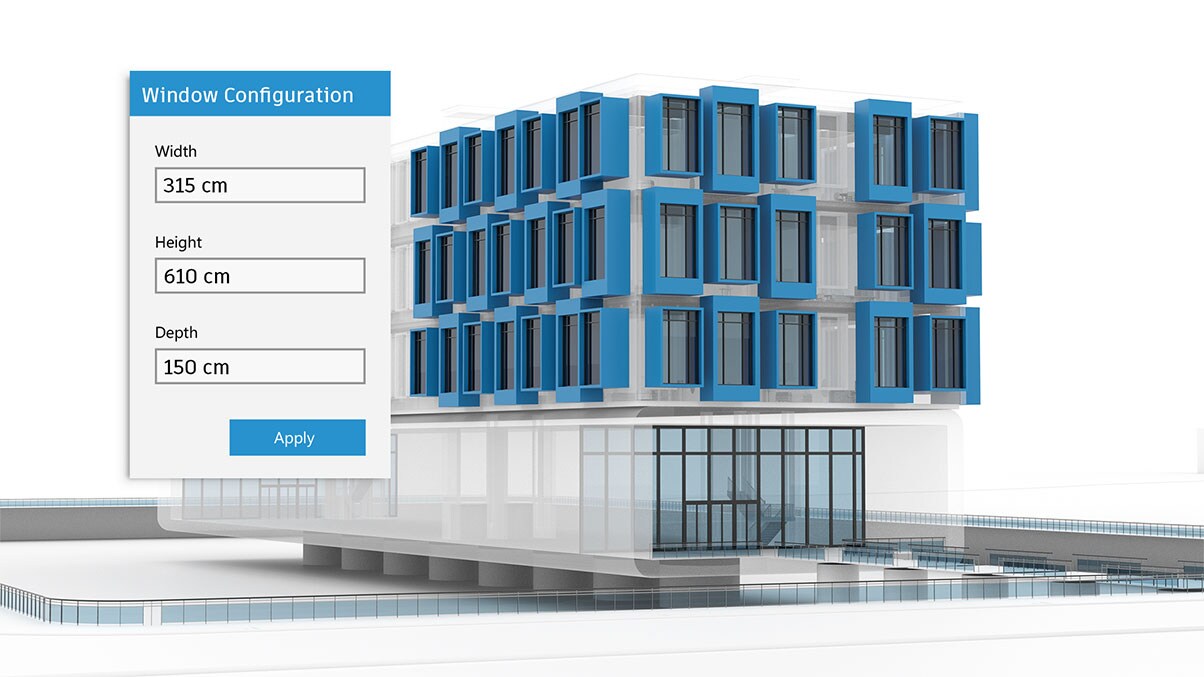
Deliver customized solutions at scale
Whether you make standard, catalog, or completely custom solutions, ensure your products are perfectly matched to project requirements by automating product configuration or designing right inside the business model.

Improve agility across your organization
You need to be able to meet even the tightest project delivery schedule and adapt to changing project requirements. Help improve agility–from the engineering department to the sales team–by digitalizing enterprise systems and optimizing production processes.
Featured resources
-
![Harvard Business Review Analytic Services]()
Harvard Business Review Analytic Services
Architect and manufacturing partnerships
Building projects are changing–and so is your place in them. In this new study, architects share how they see the role of their suppliers evolving.
-
![Product design and factory modeling help firm develop more sustainable practices]()
Vecor
More sustainable buildings—one tile at a time
See how Vecor used product design and factory modeling technology to reduce the environmental impact of its ceramic tiles.
Image courtesy of Vecor/3D Chemoprag
-
![Viewrail fulfills orders faster with automation technology]()
Viewrail
Automation grows custom staircase business
See how a leading manufacturer of stair parts and custom staircase systems rapidly adapted its engineering processes to fulfill orders faster.
Image courtesy of Viewrail
Why leading companies choose Autodesk
-
Enhance client experiences
“Many of our customers have told us they will use us over anyone else because we give them 3D BIM content.”
—Steve Hofmann, Watts Water Technologies -
Win more business
“We need to give our customers a measure of customization and do it fairly easily, without putting all of the work on our engineers. We chose to move forward with Autodesk to free up our engineers’ time and win more business.”
—Matt Quigley, Design Manager, Con-form Group -
Improve collaboration and performance
“In many cases, the discussion isn’t even about the windows or the façade. It’s a collaborative moment in which we can all start to make design decisions together. Our role is to facilitate that discussion and make sure our products meet the needs of everyone.”
—Erin Rasker, Reynaers
Let’s talk strategy
As a global leader in the integration of architecture, engineering, construction, product design, and manufacturing processes, Autodesk can help you develop the capabilities needed to achieve your goals.
Reach out today to schedule your business consultation.
